Here, the duck is not only a pet but also a friend of the farmers, of the lowlands and also a part of the soul of the Northern Delta...

Grass duck - symbol of diligence and adaptability
Van Dinh grass ducks are small, not as white as industrial ducks, nor as plump as lean ducks. But they possess resilience, hard work, and adaptability to fields, rivers, climates, and human habits. Van Dinh farmers release ducks according to the water season, the ducks catch crabs and snails, and eat the rice that falls after the harvest. The duck meat is therefore firm, naturally fragrant, the skin is thin, and not smelly, a flavor that only those who grew up in the countryside can understand.
Looking at the flock of ducks leisurely swimming in the middle of the low-lying fields, I suddenly thought that this is the image of Vietnamese farmers - humble, patient, knowing how to live in harmony with nature, knowing how to "swim" in the flow of life, whether the water is sometimes muddy or clear.
From rustic dishes to cultural values
In Van Dinh, wild duck is not just for eating, but also for telling stories. Each duck restaurant here is a piece of hometown memory. People call “Van Dinh duck” as a brand name that does not need advertising, because its reputation has been built over many generations.
Golden boiled duck with a sweet ginger aroma, hot duck porridge, bright red blood pudding, rice rolls dipped in ginger, garlic, and chili fish sauce, all are not just cuisine , but a chain of cultural values, labor, and memories.

In each piece of duck meat is the effort of the herder, the smell of the fields, the sound of the Day River, the smile of the vendor at the market. Vietnamese cuisine is not only to eat well, but to see yourself in it.
Lessons from the duck
Van Dinh people do not raise ducks in a mass industrialization. They still maintain the natural farming method, which is both slow and sustainable. In an era where people are chasing speed, perhaps the wild duck teaches us a lesson about the “value of slowness”, slow to be refined, slow to be real, slow to be sustainable.
Like a plump grain of rice bowing its head, like a duck swimming upstream, all values that want to last must be nurtured with patience and understanding of nature.
If someone asks: “Where will Vietnam go in its modern agricultural journey?”, perhaps someone will answer: Let’s start with the Van Dinh grass duck, small, simple, but carrying within it the natural, gentle, and sustainable spirit of the Vietnamese people.
Preserving the soul of the countryside amid the flow of time
Nowadays, when culinary tourism is developing, Van Dinh grass duck is not only present in small roadside stalls, but has also appeared on the menu of luxury restaurants. But the most important thing is how to preserve the “Van Dinh soul” in each dish.

It is not just a delicious taste, but also a story, a memory, a pride of a land. Do not let Van Dinh grass duck be just a name on the culinary map. Let it continue to swim in the flow of Vietnamese culture, like the way a duck swims leisurely in the countryside, not afraid of rain or sun, not afraid of big waves or strong winds.
Each rustic dish is a chapter of culture.
Every duck, rice plant, and shrimp has a story to tell.
We just need to listen, with the heart of one who knows how to cherish the homeland.
Culinary tourism - when taste becomes a journey of experience
On the Hanoi tourist map, people often mention pho, bun cha, com lang Vong..., but rarely realize that Van Dinh grass duck is also quietly becoming a culinary cultural symbol.
It is not just a dish, it is a journey of experience, from visiting small restaurants along the Day River, sitting next to a hot plate of boiled duck, listening to locals tell stories about raising ducks during the flood season, to enjoying creatively transformed duck dishes in the modern culinary space of Hanoi.
If travel is a journey to find identity, then Van Dinh grass duck is the touch point between memory and present, between countryside and city, between past and future.
From food to sustainable development philosophy
Van Dinh people raise ducks seasonally, without force-feeding or over-caging. It is this natural adaptation that creates the difference in quality, just as in agricultural development, sustainability lies not only in productivity, but also in respecting nature and preserving indigenous values.
If we look deeply, the Van Dinh duck is a lesson for Vietnam's culinary tourism industry: "To reach out to the world, we must first know how to cherish the closest things. To have an identity, we must know how to tell our own story." The story of Van Dinh is the story of a land that knows how to use honesty, sophistication and humanity as the foundation for its homeland brand.
The scent of fields and wind in the heart of the city
Hanoi is developing day by day, high-rise buildings are springing up, life is more bustling, but somewhere in the corners of the old quarter or along the road along the To Lich river, there are still small shops hanging the sign "Van Dinh Grass Duck".
Smoke from the kitchen rises, the smell of fish sauce and ginger spreads, as if reminding us that in the middle of the city there is still a place for the soul of the countryside to reside.

Cuisine, after all, is not just to fill the stomach, to be delicious, but to preserve a part of memory, a part of identity, a part of Vietnamese character and Van Dinh grass-fed duck, simple but proud, is the symbol of the countryside scent in the heart of the city, where people return to nature, to memories, to themselves.
Amidst the hustle and bustle of the city, there is still the taste of home.
Amidst the hustle and bustle of life, there is still room for slow things.
In the age of technology, there is still space for the Vietnamese soul.
Like the Van Dinh duck still leisurely swimming in the fields of his homeland.
Source: https://hanoimoi.vn/vit-co-van-dinh-cau-chuyen-tu-dong-trung-den-ban-an-719379.html




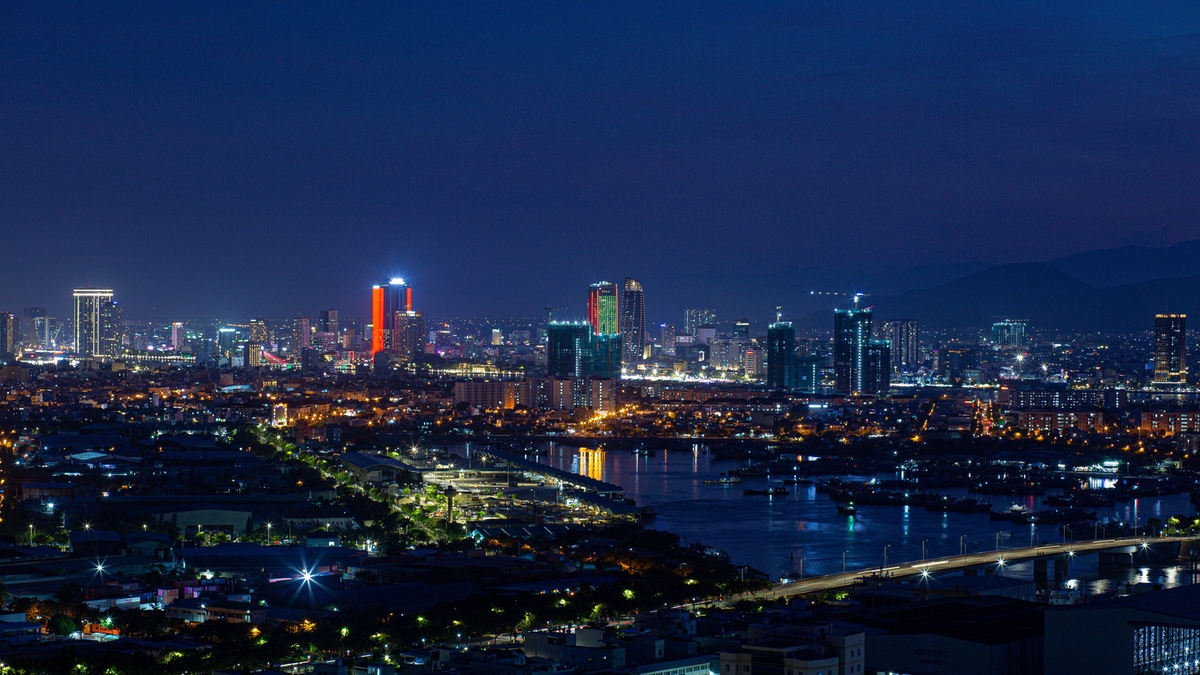
![[Photo] Discover unique experiences at the first World Cultural Festival](https://vphoto.vietnam.vn/thumb/1200x675/vietnam/resource/IMAGE/2025/10/11/1760198064937_le-hoi-van-hoa-4199-3623-jpg.webp)








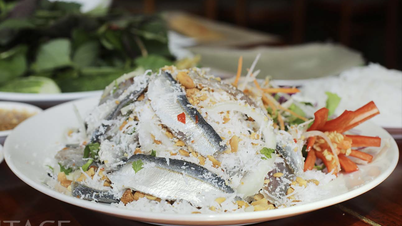

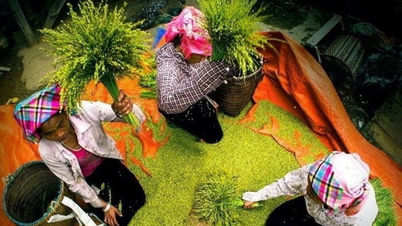
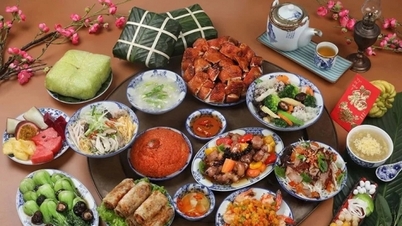

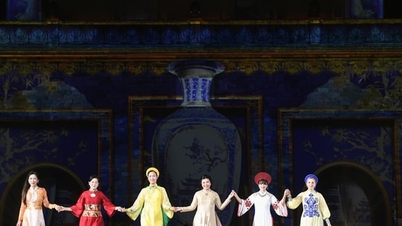



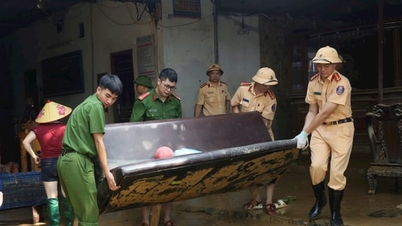
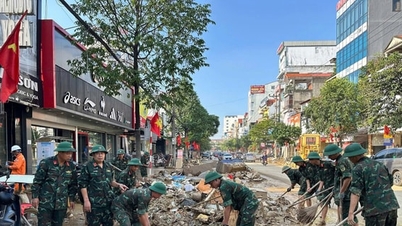




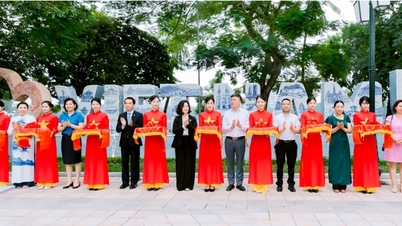
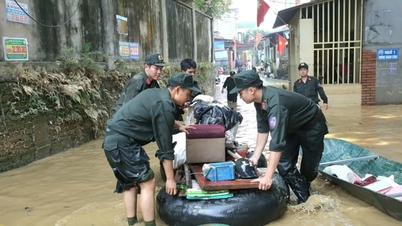
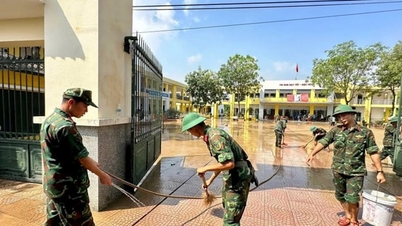
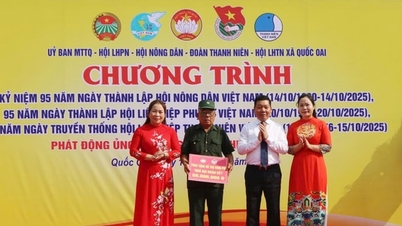
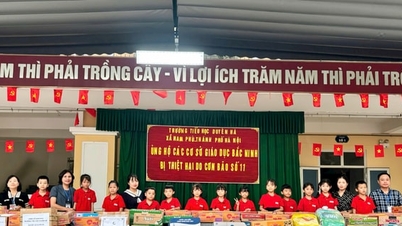


































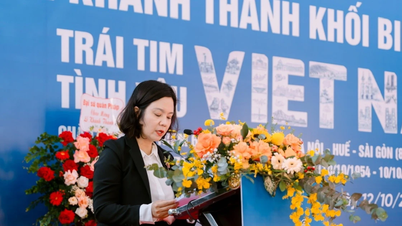
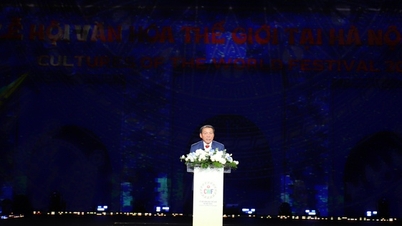

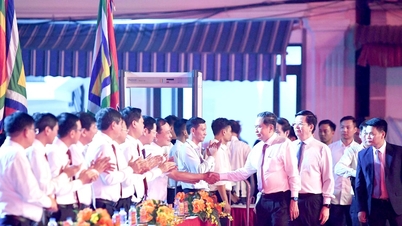
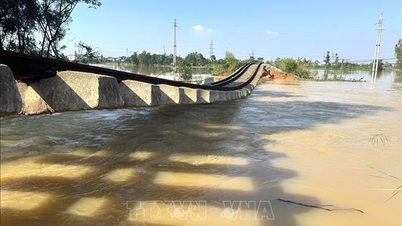



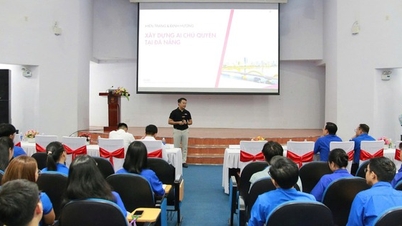
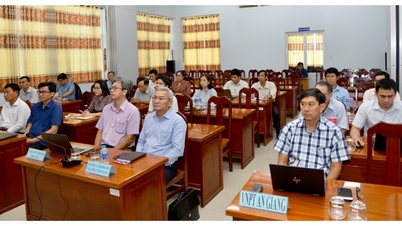
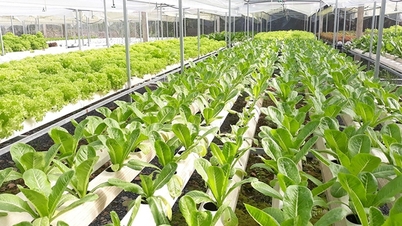


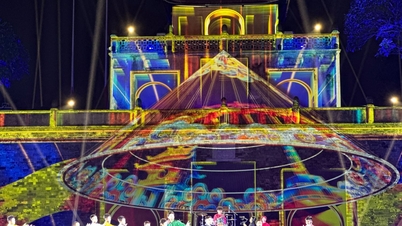
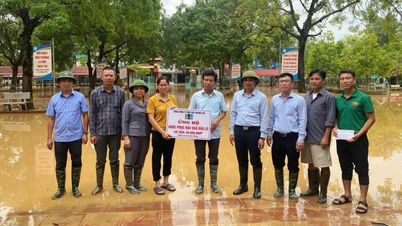

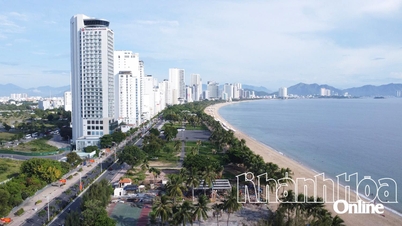

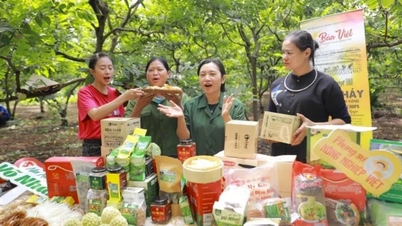
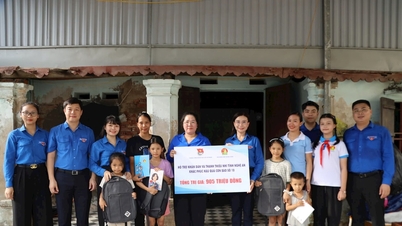











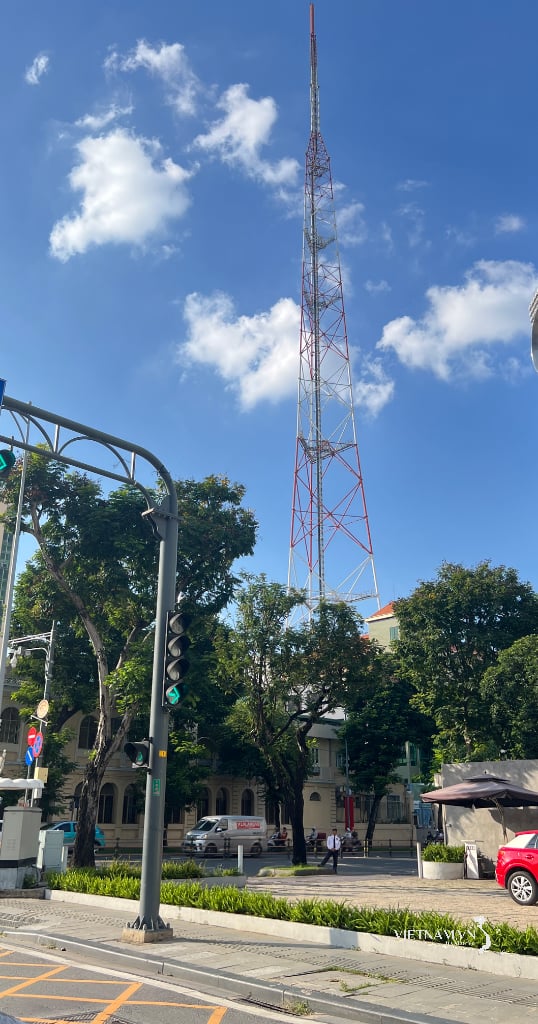
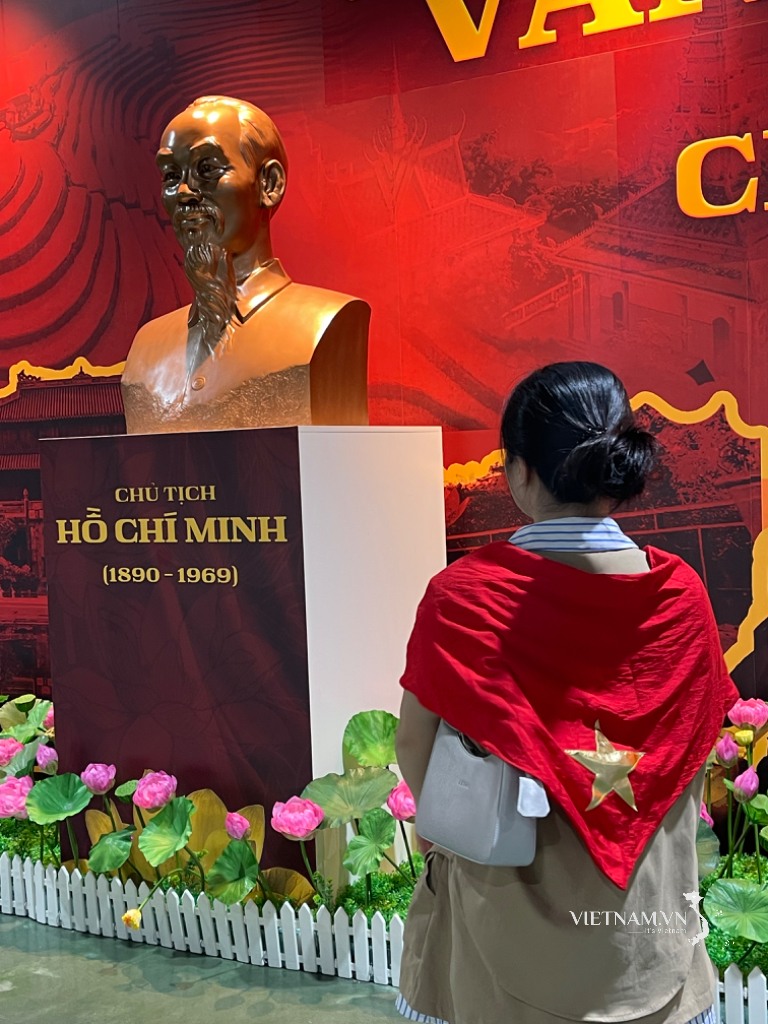

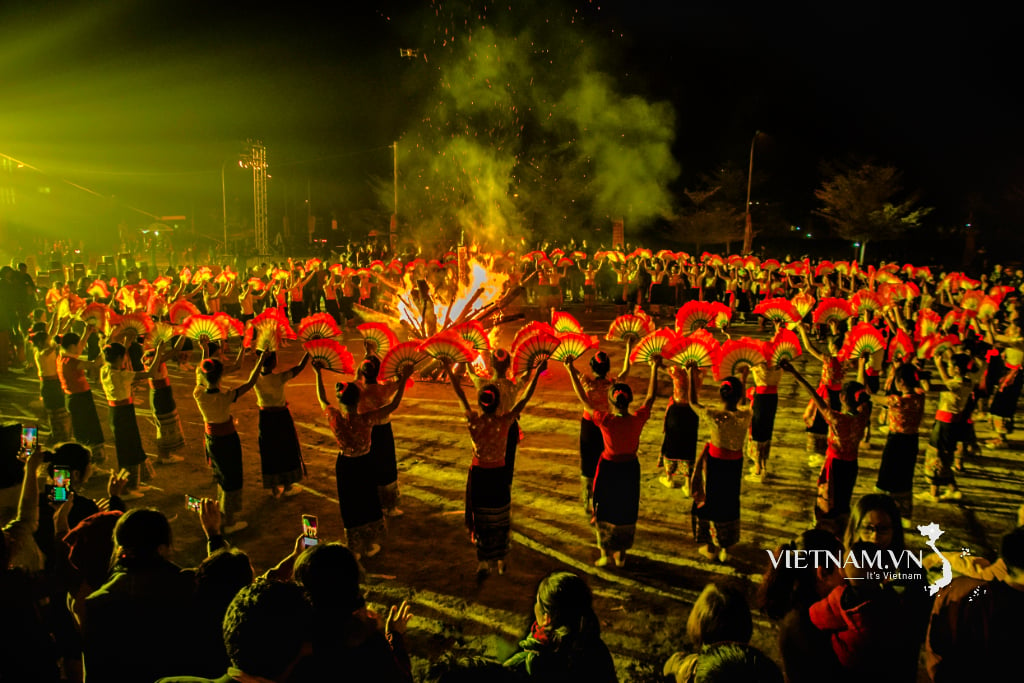
Comment (0)